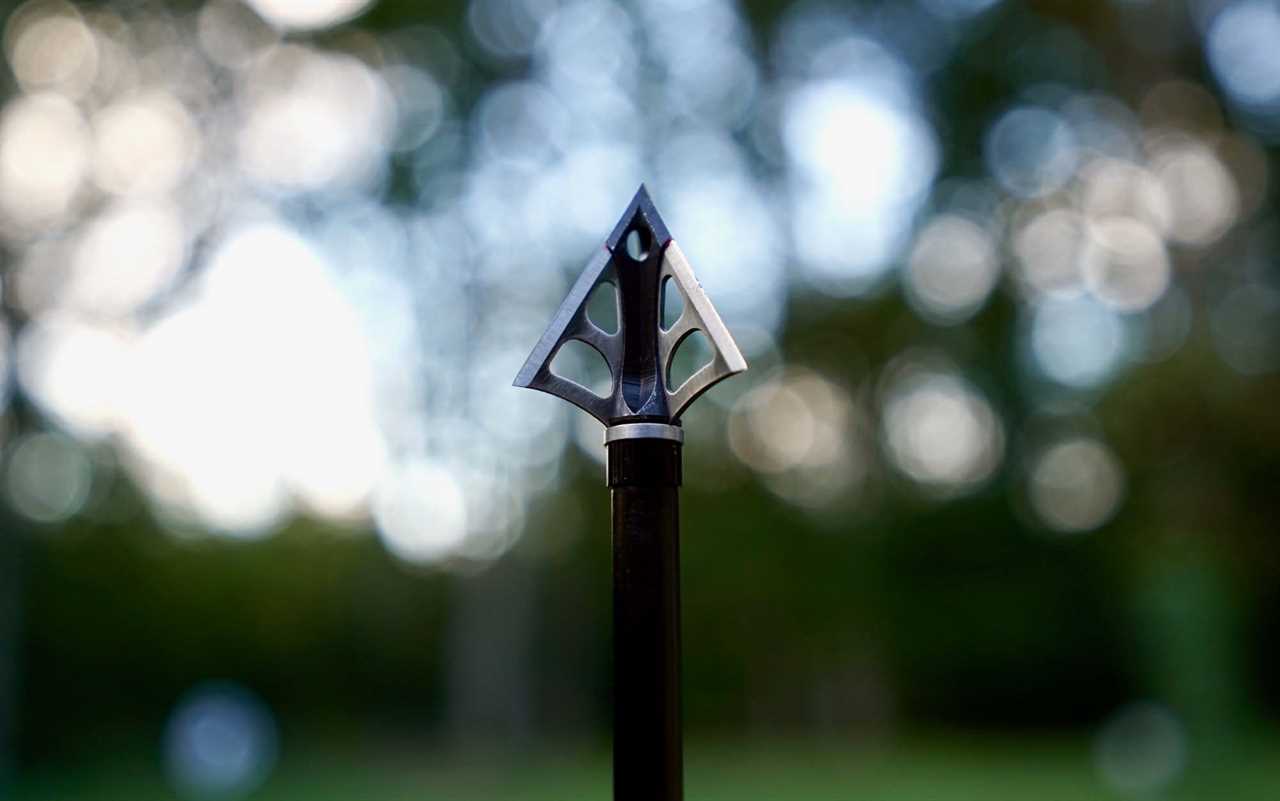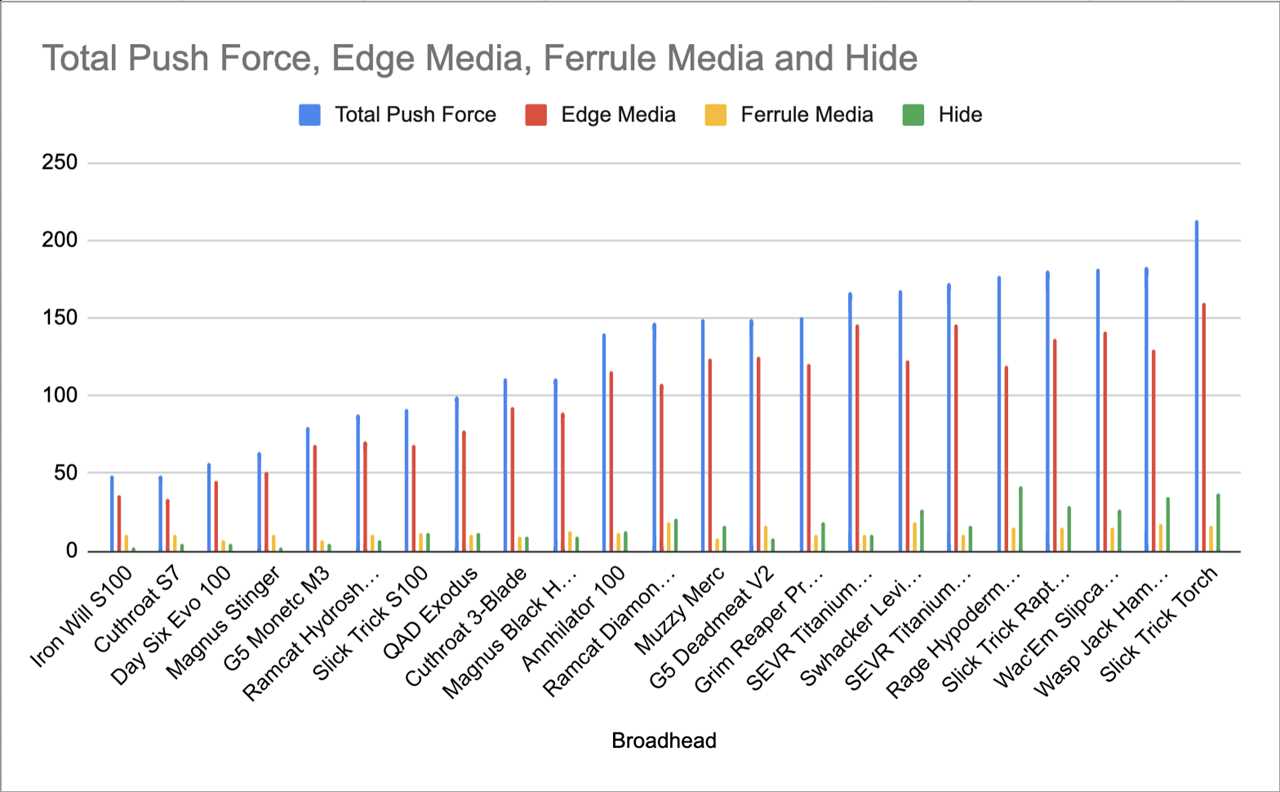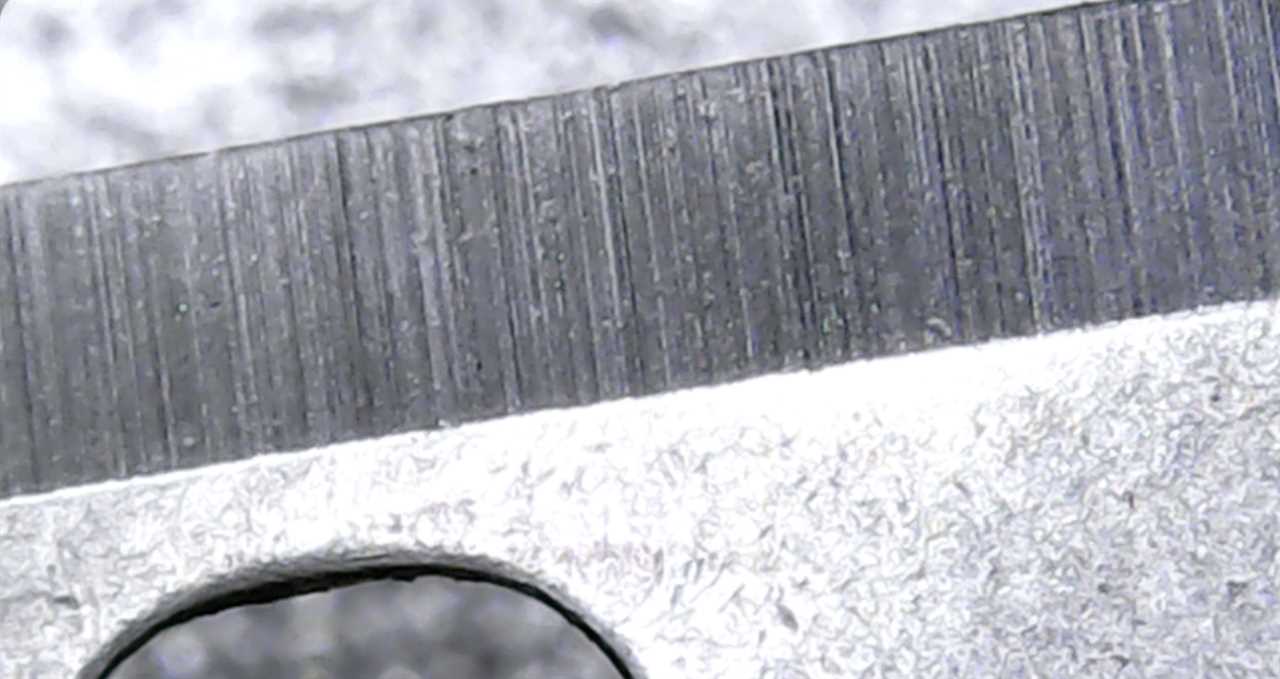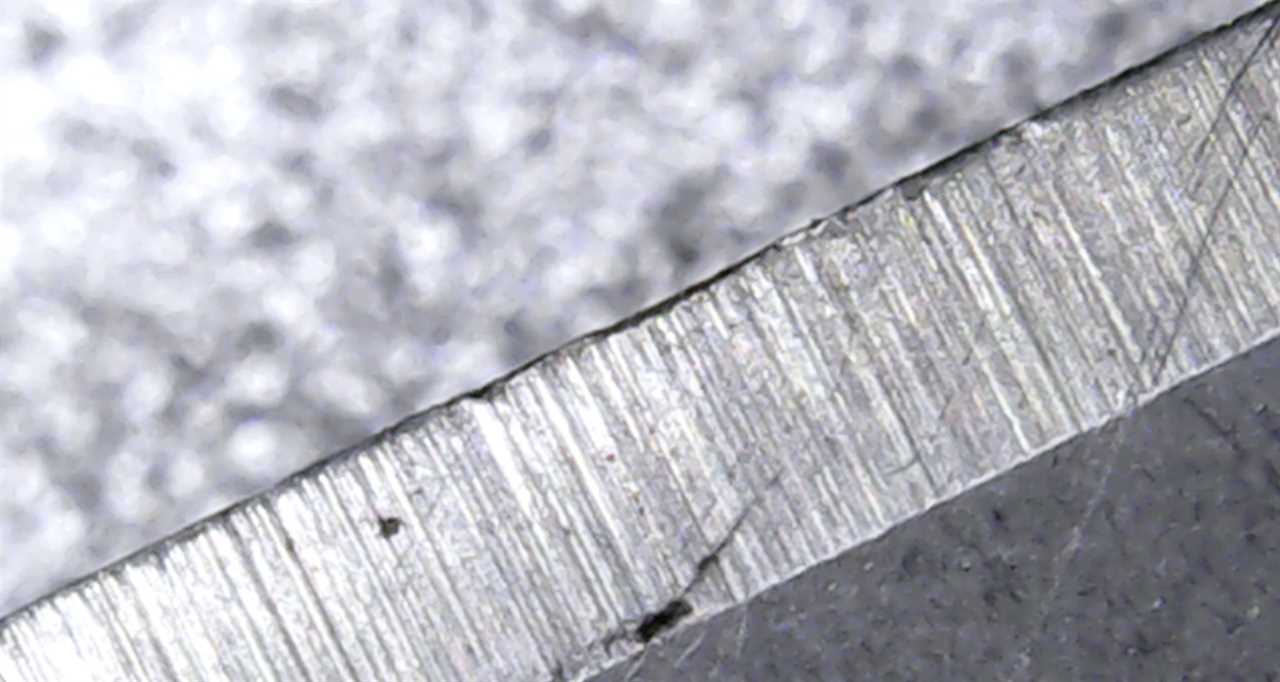I used to avoid bringing up broadheads around other bowhunters because it led to conversations—sometimes heated ones—that lasted hours. Broadhead choice is usually a matter of opinion, formed from good or bad hunting experiences.
But since I tested 23 broadheads for the Outdoor Life broadhead test, I don’t have to rely on opinions. I can make choices or settle debates with data (you can too, if you read the review). Not only did I learn a lot about broadheads during the test, but I also chose a new broadhead to hunt with based on the data. Here are the five lessons I learned from the test.
Good Broadheads Abound
There are a lot of great broadheads on the market. Of the 23 broadheads tested, only two failed the durability test, and all but one shot acceptable groups at 40 yards. I’m confident that the 20 remaining heads would work well for deer out of most compound bow setups. The main factor is ultimately choosing the right broadhead for you, the animal you’re hunting, and your bow setup.
A Good Bow Tune Makes for Accurate Broadheads
The key to shooting sub-3-inch groups at 40 yards with broadheads was the bow’s tune. I used a bow that shot a bullet hole through paper and grouped fletched and bare shafts at 20 yards. I’ve since tried to shoot several of the best fixed-blade broadheads through bows with decent tunes, and the results were less than satisfactory. But, the bow with a decent tune still shot mechanical broadheads with accuracy. A bow that’s easy to tune and the skill to tune it will allow you to shoot just about any broadhead. On the flip side, a mechanical might be the best broadhead choice if you can’t get your compound bow tuned perfectly.
Tip Design Is Important

The Ramcat Diamondback Hybrid.

The Muzzy Merc. Scott Einsmann
If you asked me before the test what would cause a broadhead to penetrate poorly, I would say cutting width. One of the most important tests conducted was the push force test, which measured the amount of force required to push a broadhead through different media. In the push force test, we saw several wide cutting heads penetrate better than narrow ones. This was obvious in the best penetrating mechanical versus the worst penetrating fixed blade. The Ramcat Diamondback Hybrid, a 2-inch mechanical, had a push force total of 146.75 pounds and the Muzzy Merc, a 1 ⅛-inch wide 3-blade, had a push force of 149.1 pounds.

Push force results. Cody Greenwood
The real difference maker was the tip design. The Merc has an unsharpened diamond tip, which is pointy, but it pushes rather than cuts, and it takes considerable force to get the broadhead started into the media before it starts cutting. Cody Greenwood conducted the push force test, and he found that if he sharpened the edges of a trocar tip so they would cut, the push force was drastically reduced. The lesson is, if penetration is a concern, choose a head that will cut on contact.
Sharpness Is Critical

Rage broadhead edge before the push test.

Rage broadhead edge after the push test. Notice the rolled edge.
Heads that pushed the media out of the way rather than sliced through it did poorly in the push-force test. This was most apparent in tip design, but it also extended into edge sharpness. Heads that were dull required more force to penetrate than sharp ones. During the sharpness test Greenwood measured heads in the center of the blade, but noted that there were drastic differences in sharpness from the front to the back of the blades.
Edge retention is another metric that’s easily overlooked. But if your broadhead is sharp going into an animal and dull by the time it leaves, at some point, it stops cutting. That’s why broadhead steel matters as well as the quality of the heat treat. This portion of the test is where the premium heads showed their value the most.
Budget Fixed Blade Broadheads are Usually Good Enough

The author used a Magnus Black Hornet to arrow this whitetail. Scott Einsmann
I do a lot of my hunting with recurves, so I’ve always been quick to spend money on broadheads that I thought would help me get the most from my trad bows. The broadhead test showed me that you don’t have to spend a lot to get good performance.
One of the most expensive broadheads did take the best fixed blade award, but there were several standouts that cost half the price of the Iron Will, including the Magnus Stinger. The Stinger was fourth in the push force test, it was sharp out of the box, stayed sharp, and shot 2.5-inch groups at 40 yards.
The Magnus Black Hornet was another high–performing value head. It impressed me so much that I used it this year to kill my largest whitetail with a 43 pound recurve bow.
The shot entered behind the shoulder and exited at the last rib. The arrow buried to the fletchings and then worked its way completely through as the deer ran. I followed a decent blood trail 60 yards to the buck. Where I found good size entry and exit wounds in the chest cavity. When I recovered the Black Hornet, one side could slice through paper, and the other side could not.
I can’t say the results would have been any better if I had used a more expensive broadhead. In fact, I’ve had very similar results with deer I’ve shot with Iron Will broadheads.
In my opinion, when you buy an expensive head, you are buying a little more performance, better materials, excellent quality control, and better edge retention. We can see that in the test results as well. The more expensive heads with better steel stayed much sharper than the less expensive ones. They also did the best in the push-force test.
With all of that said, more affordable fixed-blade broadheads are absolutely effective for whitetails.
Read Next: The Best Broadheads for Deer
The Upshot
The biggest lesson from the broadhead test is that almost all of the popular broadheads on the market will do a good job of killing game. But some really do perform better than others, and we have the data to prove it. So use that data and the lessons learned from our test along with your own experience to steer your broadhead selection, punch tags, and win debates.
The post 5 Things All Bowhunters Should Know About Broadheads appeared first on Outdoor Life.
By: Scott Einsmann
Title: 5 Things All Bowhunters Should Know About Broadheads
Sourced From: www.outdoorlife.com/gear/5-things-all-bowhunters-should-know-about-broadheads/
Published Date: Wed, 09 Nov 2022 19:27:28 +0000
----------------------------------------------
 Backyard GrillingWeekend WarriorsAdvice from DadBeard GroomingTV Shows for Guys4x4 Off-Road CarsMens FashionSports NewsAncient Archeology World NewsPrivacy PolicyTerms And Conditions
Backyard GrillingWeekend WarriorsAdvice from DadBeard GroomingTV Shows for Guys4x4 Off-Road CarsMens FashionSports NewsAncient Archeology World NewsPrivacy PolicyTerms And Conditions
